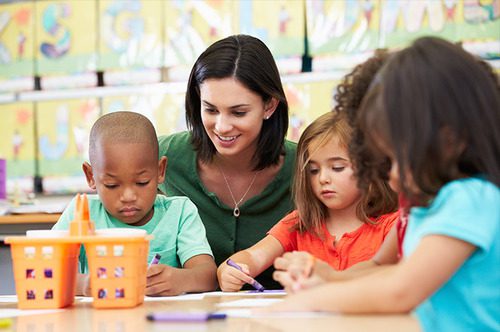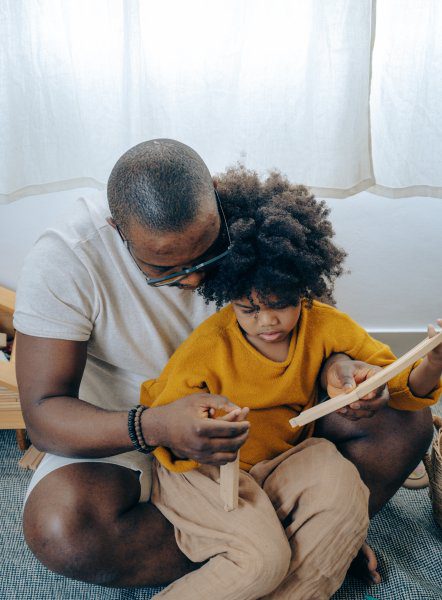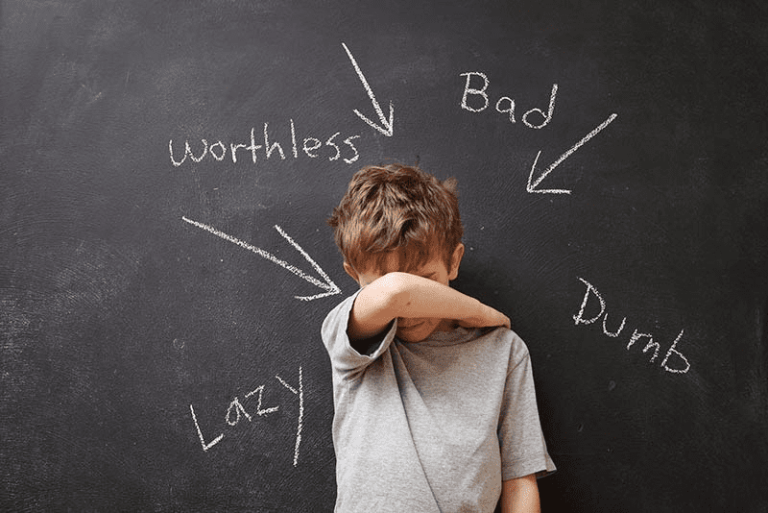Talking to your Children about Differences in the Classroom
Each scholastic year brings with it new challenges for teachers, parents and children alike. However, one thing I have noticed, is the growing urge to help children understand the different needs of their classmates. It may be daunting for any parent to watch their kids head into school without their guidance for the day, however for some parents, the fear of not having their child’s needs understood due to conditions such as Attention Deficit Hyperactivity Disorder (ADHD), Autism, down syndrome and dyslexia, among others, may be much greater.
Having a better understanding of each other benefits all students and fosters a more positive learning environment. Children tend to understand much more than we give them credit for and, if they are given the correct tools, they will be more than happy to learn and create a more inclusive classroom environment. Without the right information, students may be unsure on how to communicate with their peers but display compassion and kindness when they are aware of the challenges their classmates face.
Parents and professionals working with children with different learning needs, along with the children themselves, do a lot of work to prepare for the school environment. However, we must keep in mind, that to truly build an inclusive society, we must be the ones who can readily adapt to each student’s needs.
At Home:
Simply preparing your child from home by providing them with basic information is a great start.
As a parent, you can explain to your child that they will meet classmates with different characters and that some may not like to hug and play all the time and will need their space while others might need to move around more and take breaks from the classroom to help them focus and get through the day.
Explain that everyone has their own strengths and weaknesses, try to identify your own and discuss them with your child while talking. It is also good to explain that some differences can easily be seen, while others cannot. After school, ask your child about their classmates and help answer any questions they may have.
This simple information will increase understanding and empathy, not only making it easier for the children who have learning disabilities, but also for other students, who, without such information, may feel others are being given special treatment.
At School:
Depending on the students’ age, presentations can be created by the Teacher or Learning Support Educator to inform the class on different physical, behavioural or emotional disabilities. If the student feels comfortable, they may also wish to be involved and share their knowledge and their needs themselves.
For younger children, using story time to incorporate books that teach about different disabilities is also a good approach.
Question and answer sessions with students are also very beneficial as they help to straighten out any misconceptions or misinformation about different disabilities and help foster a supportive environment in the classroom.
Get children involved. If any changes need to be made to better adapt the classroom environment, involving the children is a great way to start up a discussion and allow them to understand better what can be done to support each other’s needs.
In conclusion, there are many ways and resources that can be used to foster discussions about differences in the classroom. We must keep in mind that children are always open and willing to learn and support each other and it is our role to guide them accordingly.
Michaela Pace is a Psychology graduate from the University of Malta, aiming to pursue a Masters locally in the near future. She has worked with children and adolescents within the social sector for three years. Michaela also forms part of Willingness team working as a Triage Office and as Chat Bar Coordinator.







